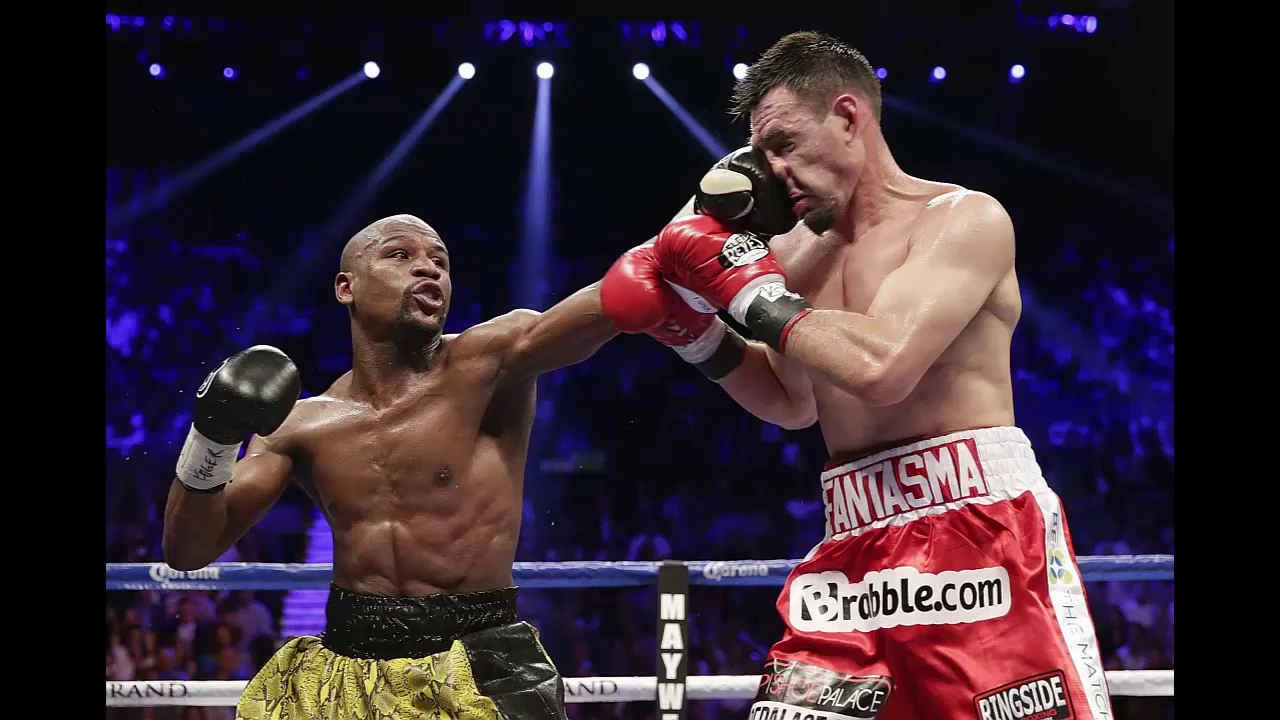Fight Duration: How Long Does a Boxing Match Actually Last?
Did you know a boxing match can be as short as three minutes or stretch over an hour? Most fans think every bout follows the same script, but the truth is way more varied. Knowing the basics of fight duration helps you follow the action, plan your viewing schedule, and appreciate the crazy exceptions that make boxing so weird.
Standard Fight Lengths
Professional fights are usually broken into three‑minute rounds. The total number of rounds depends on the level of the bout. Most debut fights and low‑budget events run four to six rounds. Mid‑level contests often hit eight rounds, while title fights and big‑ticket events go the full twelve rounds. Multiply the round count by three minutes, add a one‑minute break between each round, and you have the scheduled fight time.
For example, a ten‑round fight is slated for 30 minutes of actual boxing plus nine minutes of rest, totaling 39 minutes. Championship fights at twelve rounds add another six minutes, pushing the schedule to about 45 minutes. That’s the official clock, but the real length can shrink fast if a knockout or referee stoppage happens.
Amateur boxing is a whole different story. Most amateur bouts consist of three rounds, each lasting three minutes, with a one‑minute pause in between. That means an amateur fight is scheduled for just under ten minutes total. The shorter format keeps things fast‑paced and reduces the risk of serious injury for up‑and‑coming fighters.
When Time Gets Weird
Even with clear rules, history is full of fights that broke the mold. The legendary 1927 bout between Jack “Kid” Wolfe and Johnny Doxey lasted an absurd 108 rounds before a draw was called. That match went on for over seven hours! Modern regulations now cap fights to twelve rounds, but there are still outliers.
Technical knockouts (TKOs) and knockouts (KOs) can end a match in seconds. A classic example is Mike Tyson’s 30‑second knockout of Michael Spinks in 1988 – the fight never even got past the first round. On the flip side, some fights go the distance with every round completed, leading to a decision by the judges. Those are the marathon matches most fans expect when they hear “twelve‑round war.”
Special circumstances like weather delays, equipment problems, or a fighter’s injury can also stretch a bout’s timeline. If a round is paused for a medical check, the clock stops, and the overall duration extends. These hiccups are rare, but they add another layer of unpredictability.
Understanding fight duration also helps you guess the pacing. Early rounds tend to be more cautious as fighters feel each other out. Mid‑rounds often see the momentum shift, and the final rounds can become a sprint if someone needs a knockout to win on the scorecards. Knowing this rhythm lets you anticipate when the action will heat up.
So whether you’re a casual viewer or a die‑hard fan, knowing the basics of fight duration gives you a better grasp of what’s happening in the ring. From the standard twelve‑round championship format to the odd historic marathon, time is a key part of boxing’s drama. Keep an eye on the round count, listen for the referee’s cues, and you’ll never miss the moment when a bout finally decides its fate.

How many rounds are boxing fights?
In the world of boxing, the number of rounds can vary depending on the type of match. Professional bouts typically last between 4 to 12 rounds, with each round lasting 3 minutes. Championship fights, on the other hand, are usually scheduled for 12 rounds. Amateur boxing fights are much shorter, typically spanning only 3 rounds, each lasting 3 minutes. So, depending on the level and importance of the match, the number of rounds in boxing can differ quite a bit.
more
